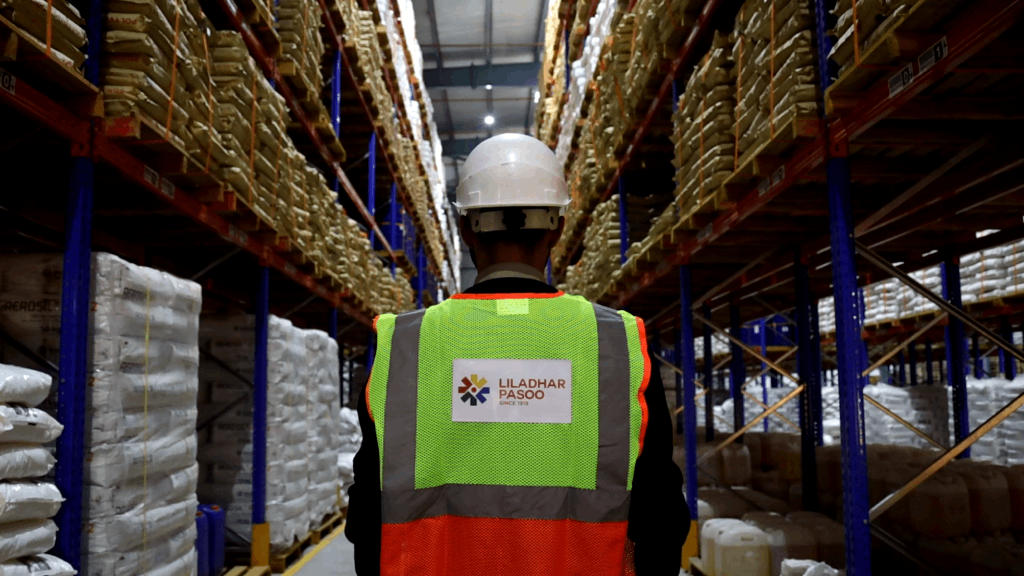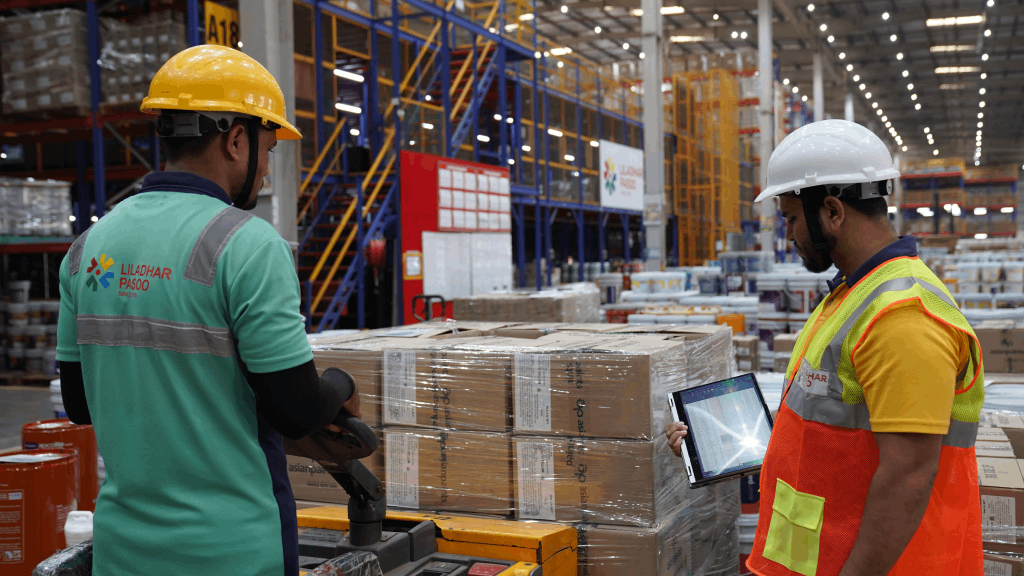Automation in logistics and warehousing had been on the rise since the pandemic. However, the areas of concern have been improved safety, productivity, and workforce retention. The ever-increasing demand for hyper-fast delivery, disruptions in the macro supply chain, a scarcity of skilled labor, and safety concerns, particularly when storing sensitive goods, are just a few of the issues that beset the sector in 2022 and will continue to do so in 2023.As an industry, we are quickly incorporating strategies to digitize operational processes, add automation technology, and integrate those with software systems in order to increase efficiency levels, manage with as little human labor involvement as possible, and create safer warehouses. According to a recent Knight Frank report, our nation will have the highest warehouse and logistics supply expansion in the entire APAC region in 2023. We will add up to 30 million square feet of additional space (more than one-third of all incremental additions in the region!). Warehousing and DCs cannot simply exist as godowns in such a scenario. We’ll need to stay ahead of the various factors. Based on the requirements of our customers, we can pick and choose a solution.
The following are just some of the factors which will shape the integrated logistics industry in 2023:
SKU Proliferation, Changing Order Profiles, and Seasonal Peak Demand
Automation that picks, sorts, packs, and transports packages across the premises has already been widely adopted. Integrating this technology into Warehouse Management Systems (WMS) and Warehouse Control Systems (WCS) will maximize its value. The incorporation of these tech solutions into operational processes will result in more trained coordination between the workforce, automated systems, and software to dive deeper into quality service, drive high efficiency and high volume warehouse performance.
The requisite to do more in less space
With warehouses and DCs storing 10 times the SKUs they did a few years ago and increasing preference for storage and distribution, especially during peak seasons, maximizing warehousing space is a must. Despite the real estate downturn, warehouse space is being sold/rented at a premium. As a result, making every square foot count for your customers is a significant component. It is no longer about vertical square feet, but about delving deep into the early design space because smaller quarters can end up making storage much more complicated. A deliberate investment in preparing your warehousing solutions for utilizing smaller areas is an excellent way to stay ahead of the competition.
Ensure warehouse security for sensitive goods and personnel
Skilled labor is becoming extinct. As a result, warehouse operators are increasingly turning to automation to help them deal with the crisis. Having said that, we’re looking at a different set of issues: the technical skills required to use, maintain, and optimize warehouse automation! As a warehouse operator, you might want to invest in quality automation training. This will not only make you more competitive, but it will also attract good talent. As an operator, you would be the preferred employer, increasing the equity of your brand value.
A warehouse can be a potentially dangerous place to work.
A minor design flaw or misjudgment can be life threatening to warehouse workers as well as detrimental to goods, causing a significant loss of business continuity. While robots are becoming increasingly important in contemporary warehousing in India, purchasing a safe machine from an automaton manufacturer is only the first step. Technology alone cannot always guarantee performance improvement, and focusing entirely on safety measures is not a reasonable solution. Autonomous Mobile Robots (AMR) must be integrated into the operations to ensure that the solution is not only reliable but is also functionally safe.
Skilled labor scarcity
Skilled labor is becoming extinct. As a result, warehouse operators are increasingly turning to automation to help them deal with the crisis. Having said that, we’re looking at a different set of issues: the technical skills required to use, maintain, and optimize warehouse automation! As a warehouse operator, you might want to invest in quality automation training. Not only will this make you more competitive, but it will also attract good talent. As an operator, you would emerge as the preferred employer, increasing the equity of your brand value.
Green warehousing is a business goal, not just a trend
Different processes that are highly automated and digitized can result in significant reductions in carbon emissions. Green warehousing is based on advancements in IoT, AI/ML, and networking technologies. The smart warehouse’s information routes are WiFi and 5G. Beyond LEDs and natural lighting, it is critical to integrate IIoT (Industrial Internet of Things), Artificial Intelligence (Ai), and Machine Learning (ML) on a single platform to guarantee the seamless orchestration of numerous different warehouse operations. Investing in intelligent warehousing platforms allows you to track the amount of energy consumed as well as the ratio of renewable/non-renewable energy usage patterns, influencing intelligent decisions and bottom lines.
Final thoughts:
Contemporary or forward-thinking warehousing operators would increasingly tie technologies to warehouse management solutions, improving both the quality of their deliverables for their customers but also increasing efficiencies in a hyper-sensitive environment. We are in the midst of a perfect storm, with dynamic changes affecting the logistics sector, and integration will be essential to support, grow, and scale while ensuring a secure and productive warehouse.






